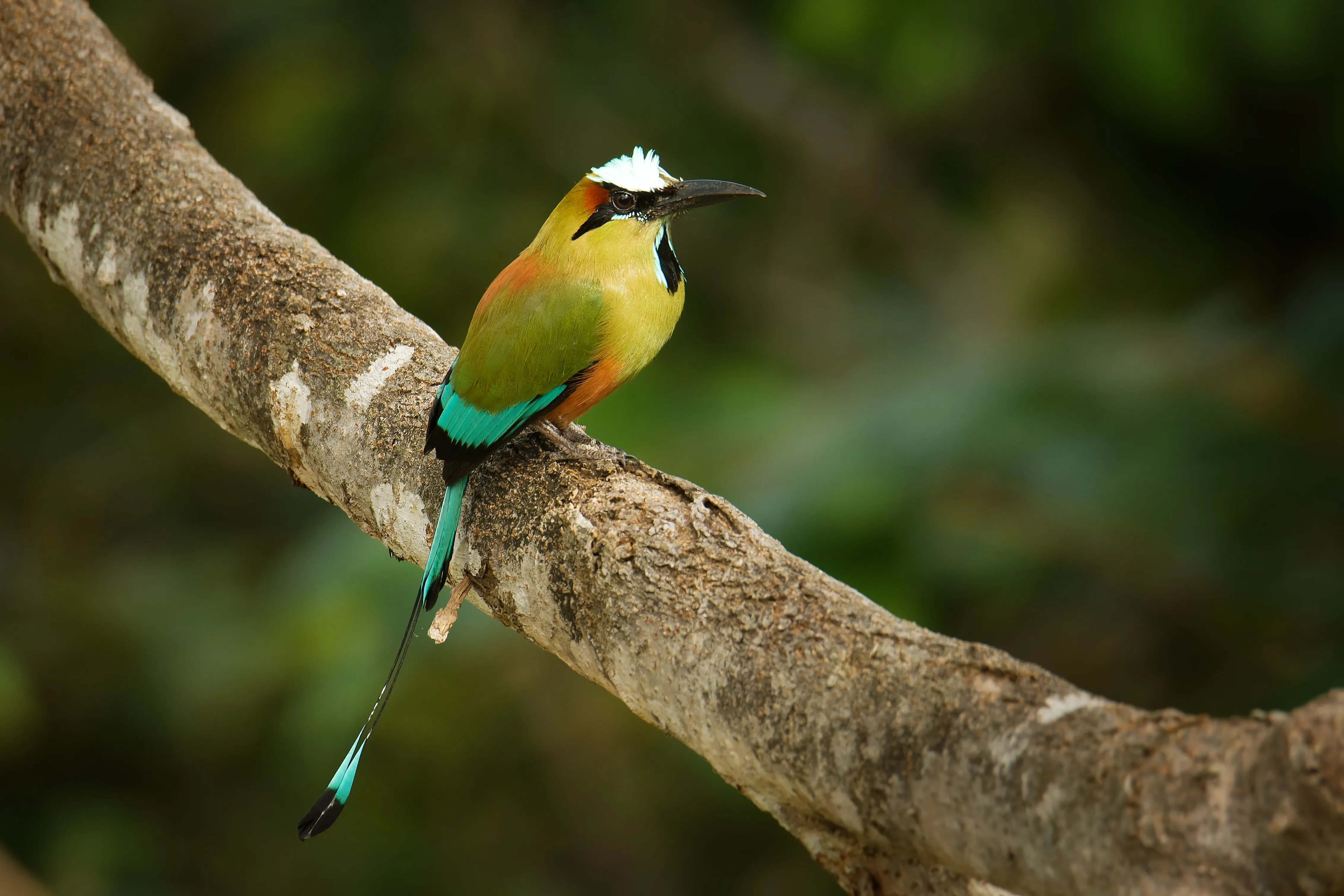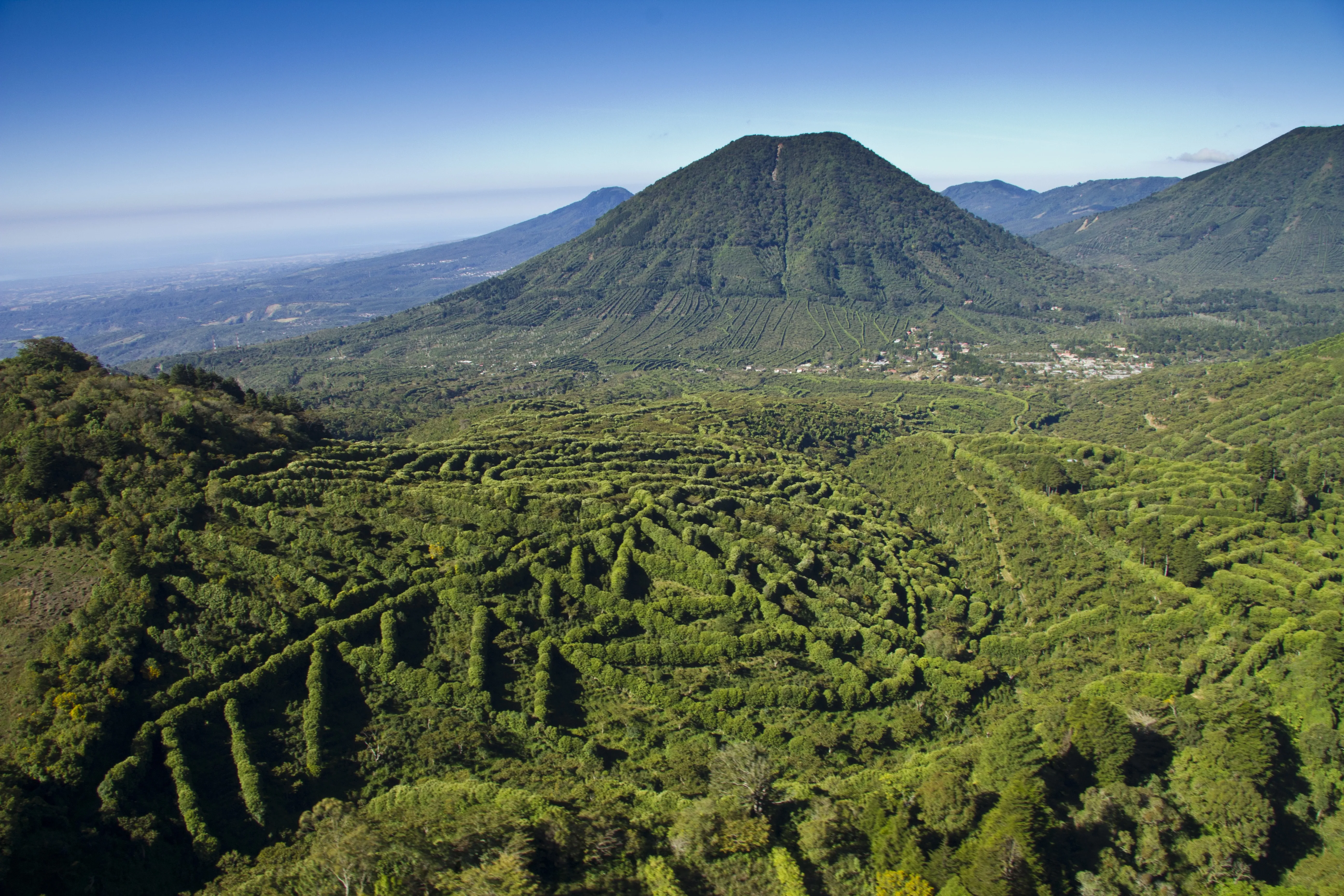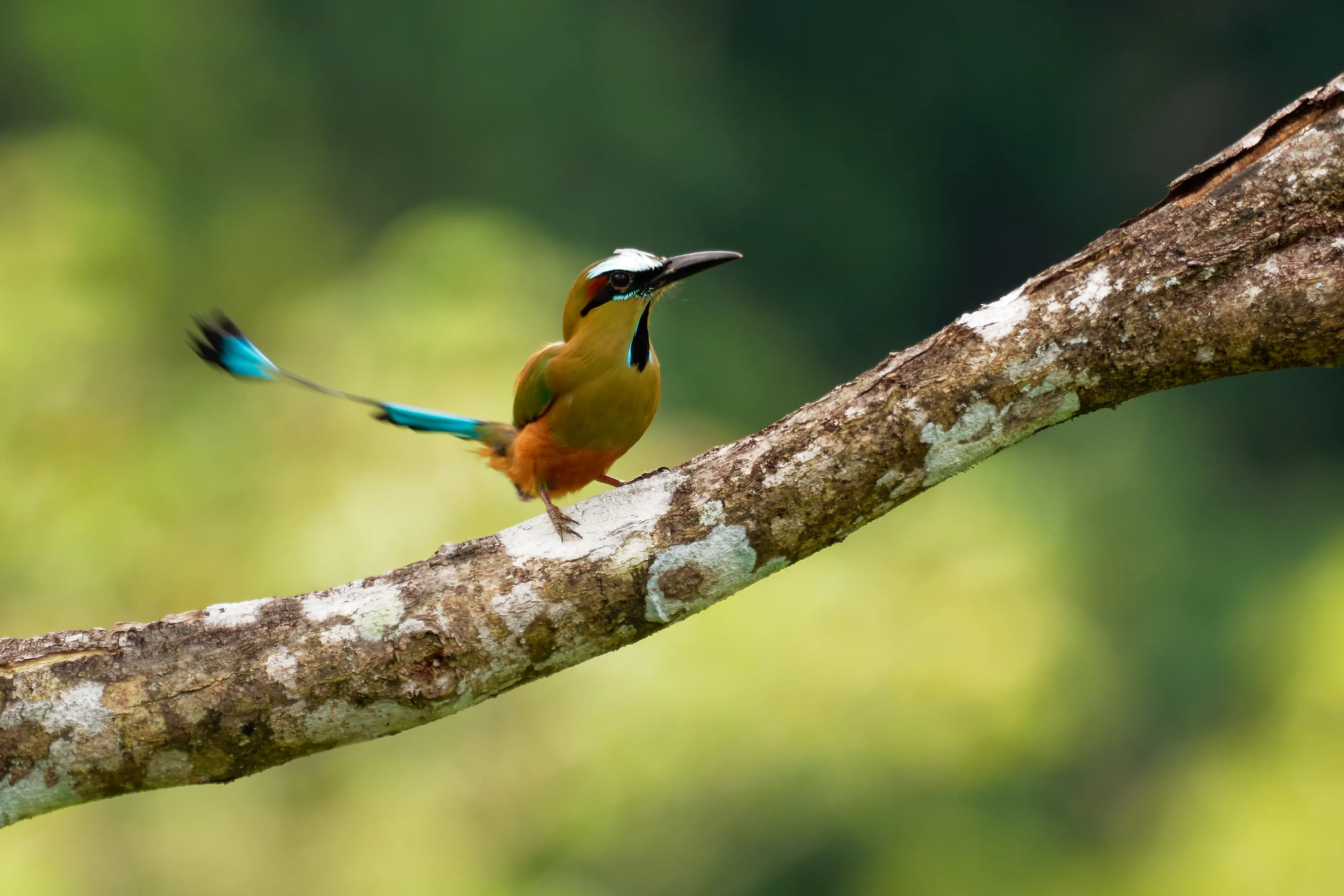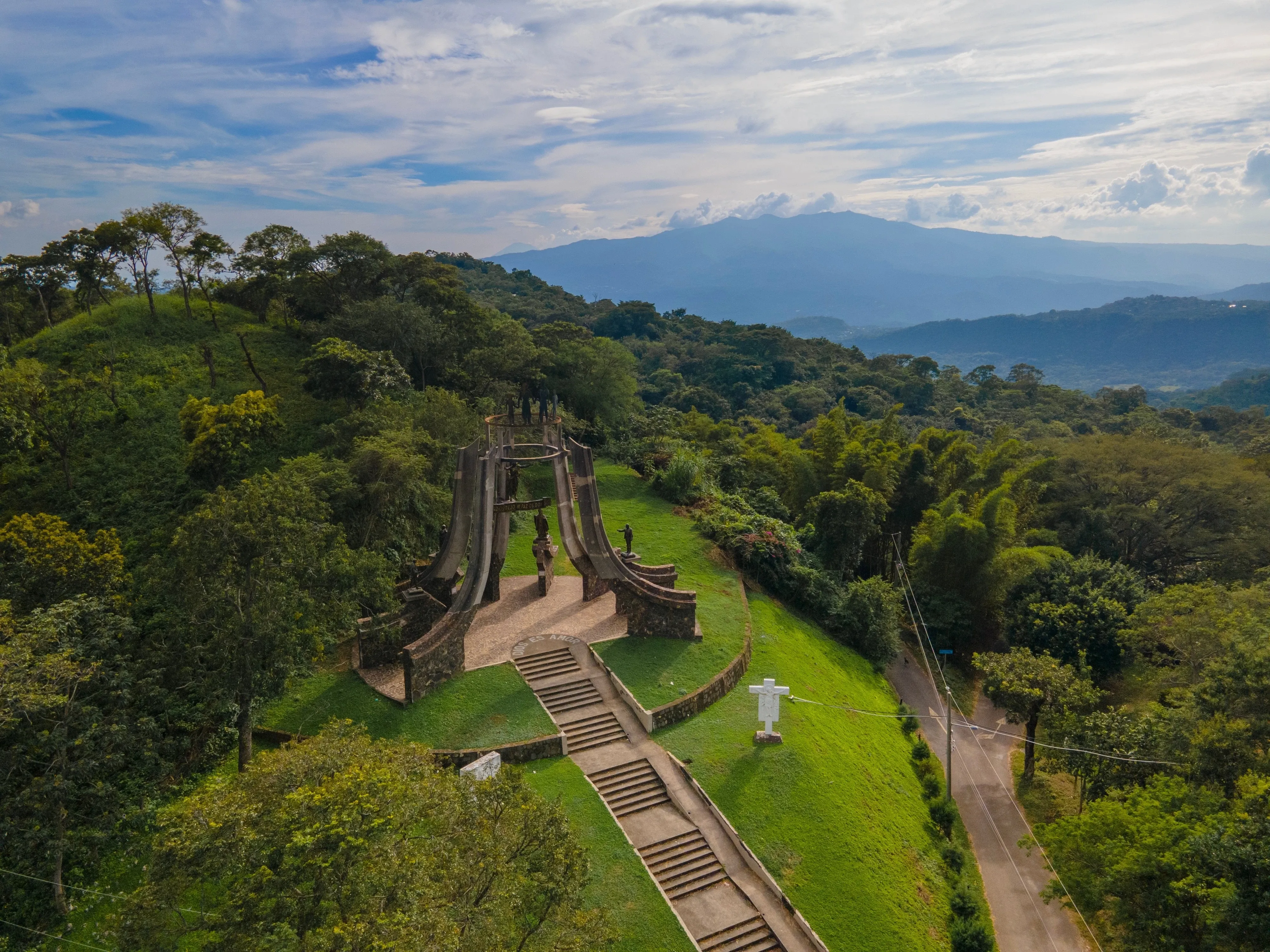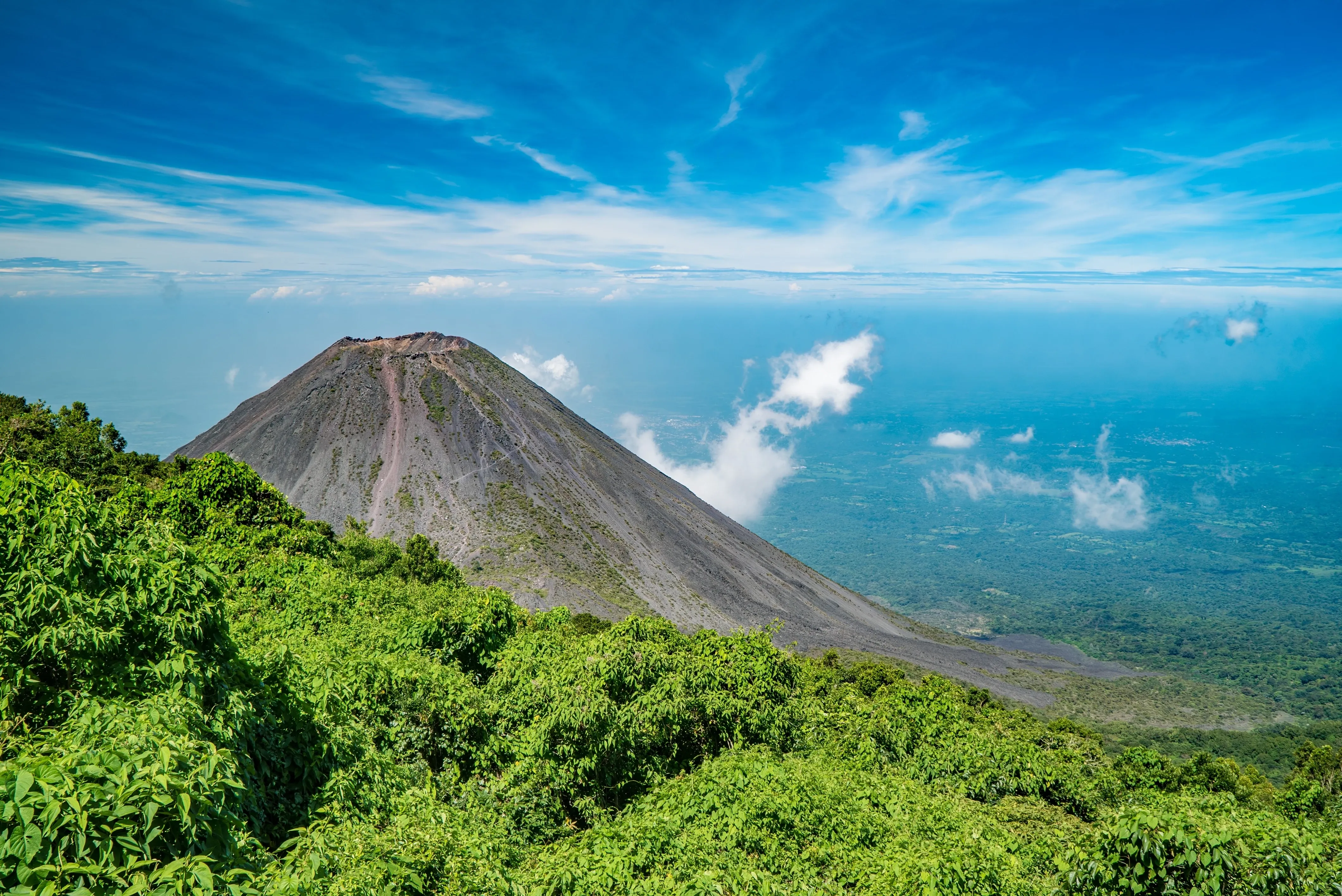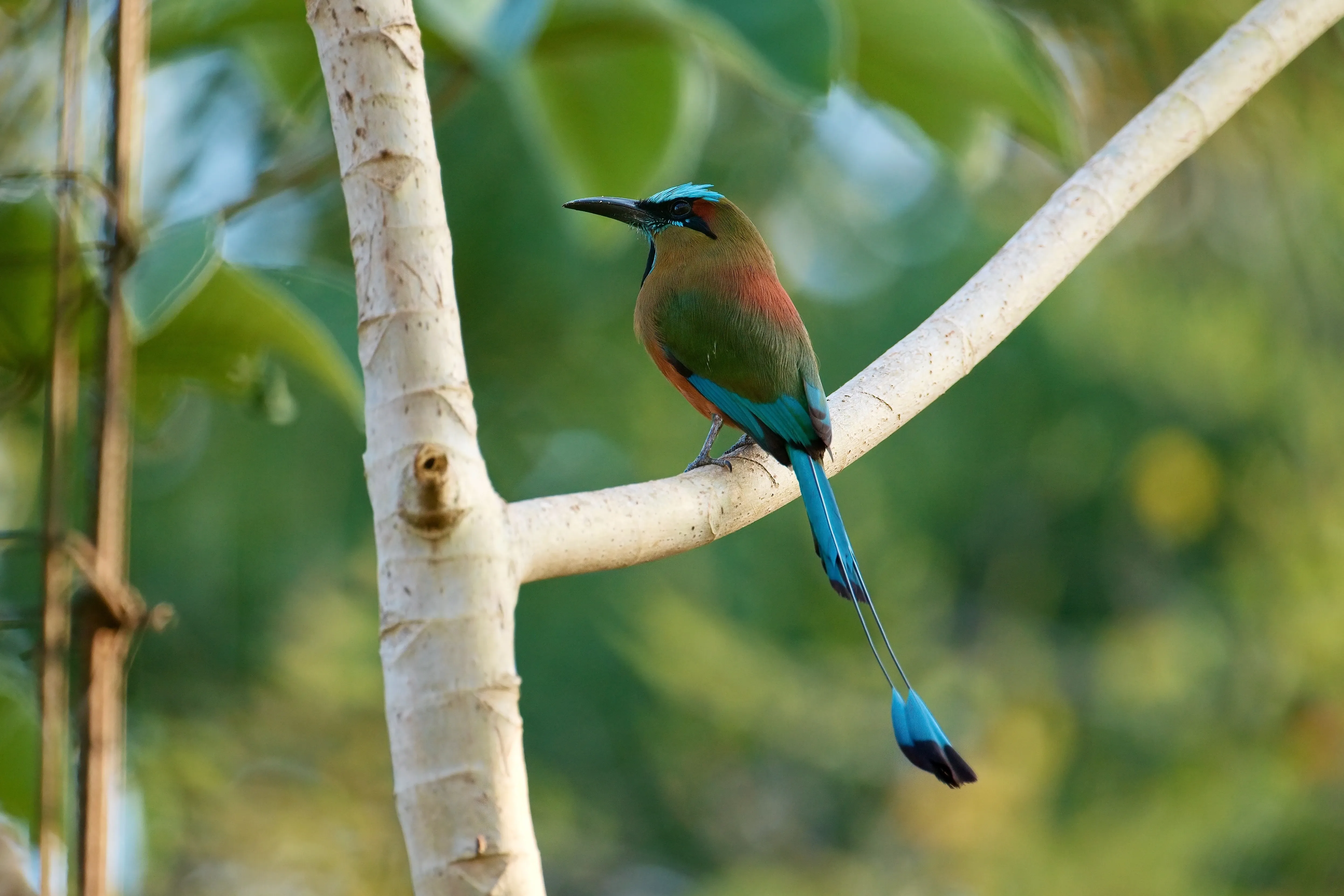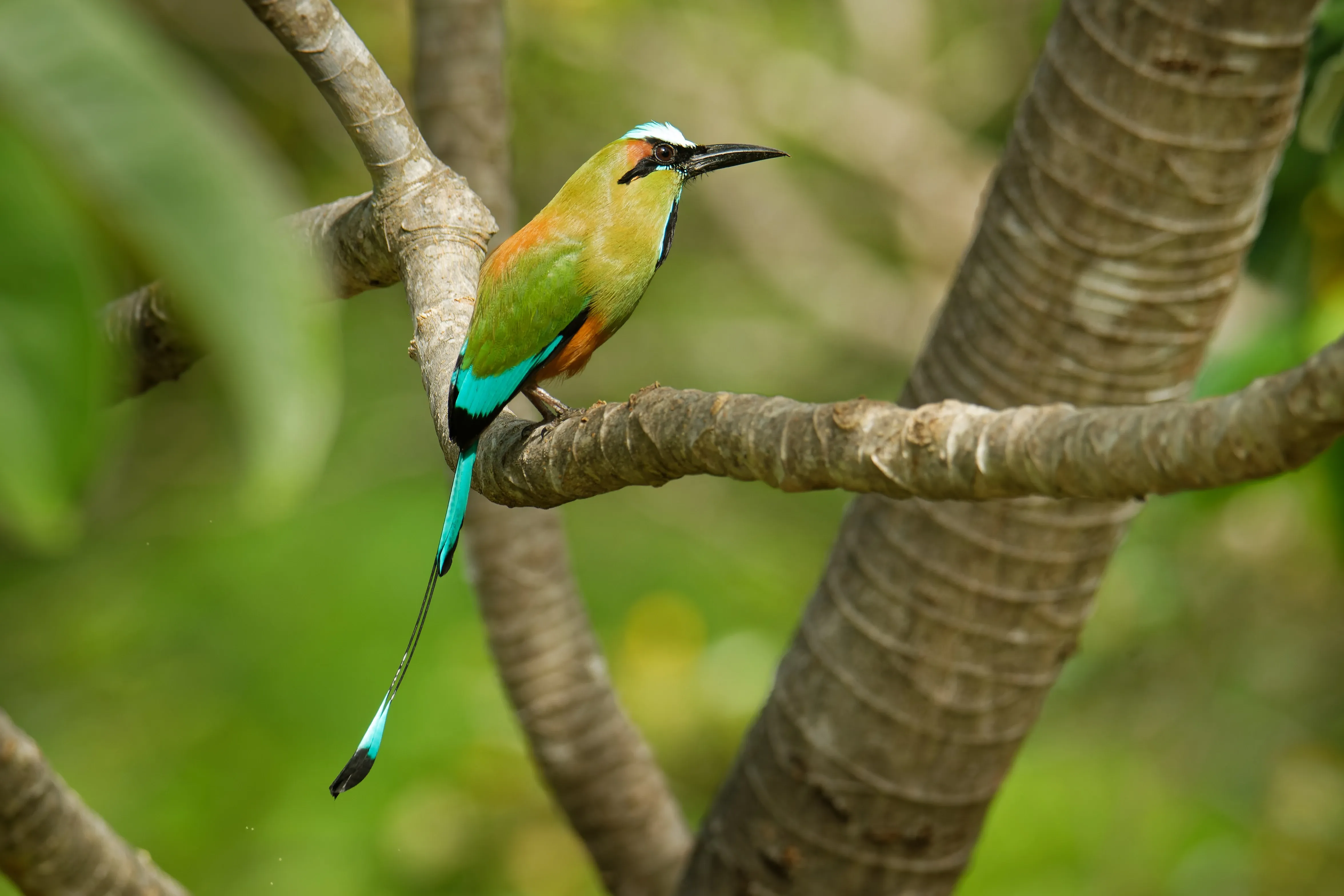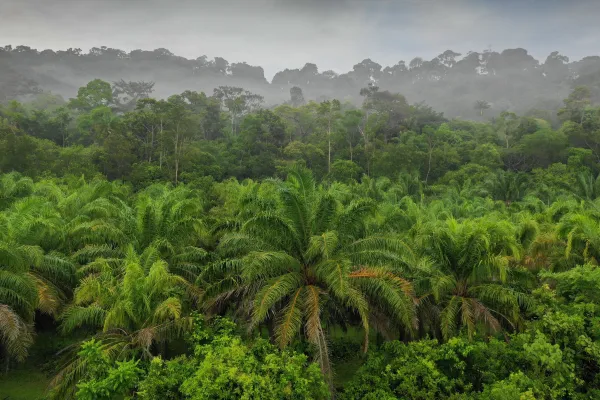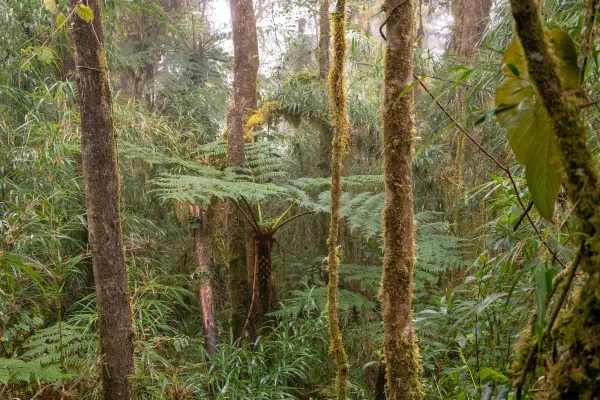El Salvador’s National bird: Torogoz
El Salvador, a country renowned for its rich history and vibrant wildlife and culture, finds one of its most vibrant symbols perched in the canopies of its forests – the turquoise-browed motmot, known as the Torogoz.
With its striking colours and graceful tail feathers, this bird isn't just a visual wonder; it carries the weight of a nation’s identity. Revered as the national bird of El Salvador, the Torogoz symbolizes freedom, unity, and a deep connection to the land’s indigenous roots.
Its presence in folklore and daily life weaves it into the very fabric of Salvadoran heritage, where nature and culture meet in a song of resilience and beauty. But what makes the Torogoz more than just a bird? How did it come to embody the spirit of an entire nation? Let’s explore the national bird of El Salvador together.
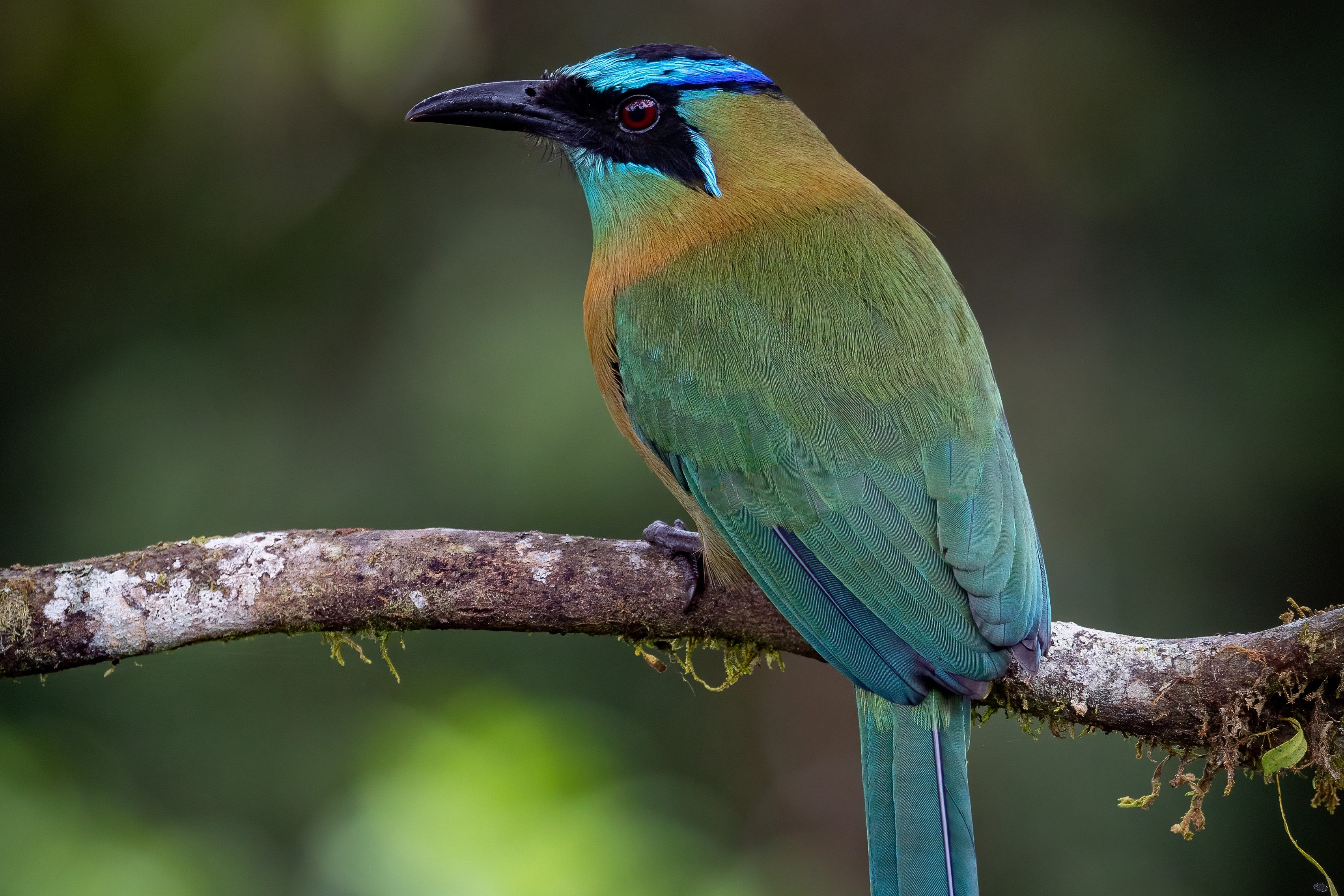
Different names of the Turquoise-browed motmot
El Salvador’s national bird is generally known as the Turquoise-browed Motmot (Eumomota superciliosa), gets its name from the distinctive broad turquoise brow above its eyes.
In Central America the bird has many names and in El Salvador the local communities have named him amiably “Torogoz”. The name "Torogoz" has roots in the country's indigenous history, specifically the Nahuatl language spoken by the Pipil people. Nahuatl, rich in onomatopoeic expressions, often named animals based on the sounds they made.
The name "Torogoz" is thought to mimic the bird’s distinctive call, which is a soft, rhythmic "toh-roh-gohz" echoing through the forests and valleys where the bird is commonly found. This form of onomatopoeia is common in bird names across many indigenous cultures.
Interestingly, the turquoise-browed motmot has also been embraced as the national bird of Nicaragua, where it's known as "guardabarranco," or "ravine guard," a reference to its preferred habitat near ravines and cliffs. In Mexico’s Yucatán, people refer to it as the "pájaro reloj," or "clock bird," due to its characteristic tail-wagging, which resembles the swinging of a pendulum.
Introduction of the Torogoz
#1 Distribution range of the Turquoise-browed Motmot
The Turquoise-browed Motmot is one of the most vividly adorned members of its family, earning its classification in a unique genus. This striking bird is primarily found in the Yucatán Peninsula of eastern Mexico extending along the Pacific slope of Central America to northwest Costa Rica. Despite its limited range, it boasts as many as seven recognized subspecies. The Turquoise-browed Motmot belongs in the near passerine order Coraciiformes , which also includes bee-eaters, rollers and kingfishers.
#2 Habitat of the Turqoise-browed Motmot
The Turquoise-browed Motmot inhabits a variety of environments across its range, favouring tropical and subtropical regions.
It is commonly found in open woodlands, dry forests, and secondary growth areas, often near rivers, streams, and other bodies of water. The motmot thrives in habitats that provide ample perching sites, such as tree branches and fences, which it uses for hunting insects and observing its surroundings.
Additionally, it can adapt to urban areas, often seen in gardens and parks where suitable vegetation is present. This adaptability allows the Turquoise-browed Motmot to flourish in diverse landscapes, contributing to its widespread distribution in Central America.
#3 Field identification of the Torogoz
The Turquoise-browed Motmot display predominantly olive-green underparts with a cinnamon or rufous belly and a darker reddish patch on the mantle.
Its most captivating features include a stunning turquoise flash in the flight feathers and a contrasting turquoise eyebrow against a black facial mask, hence his name. The long, graduated tail is especially distinctive, with central feathers that are twice the length of the outer ones, culminating in black-tipped turquoise rackets.
In terms of field identification, the motmot measures between 33 to 38 cm in length and weighs around 44 to 74 grams, with males generally being larger than females. The tail is exceptionally graduated, featuring central rectrices about twice as long as the next pair, adorned with bare shafts approximately 75 mm in length.
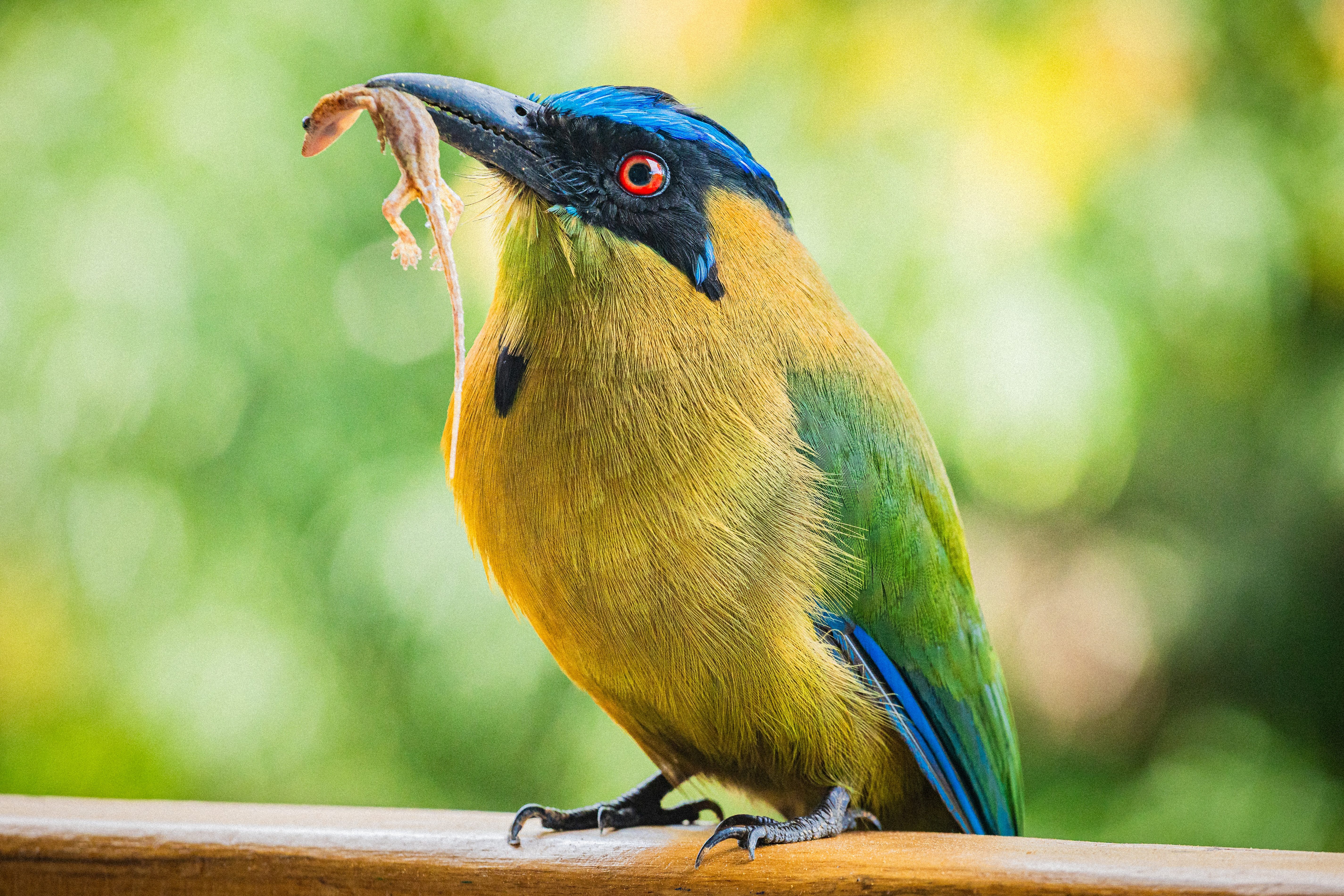
#4 Diet and foraging habit of the Turquoise-browed Motmot
The Turquoise-browed Motmot or Torogoz is primarily insectivorous, feeding on a diverse diet that includes a wide range of insects such as spiders, bees, and dragonflies. Occasionally, it may also consume small lizards. Like bee-eaters, rollers, and many species of kingfishers, the motmot skillfully catches its prey in mid-air.
After capturing its meal, it typically strikes it against a branch to subdue it and remove the venomous stinger from bees. This hunting technique showcases the motmot’s adaptability and efficiency as a predator.
The legend of the Turquoise-browed motmot
In Mayan mythology, there is a fascinating story about the Turquoise-browed Motmot that explains its nickname, "clockbird."
According to the legend, the motmot was entrusted with the important duty of waking other birds at sunrise, ensuring that they began their day on time. This role was vital, as it helped maintain harmony in the natural world.
However, one fateful day, the motmot failed to fulfil its responsibility, sleeping in and missing the crucial moment to call the dawn. As a consequence of this negligence, the gods stripped the motmot of its beautiful tail plumage, leaving only two feathers that dangle at the end.
These remaining feathers were said to resemble the hands of a clock, symbolizing the motmot's duty to keep time and awaken its fellow birds. The motmot’s distinctive tail, which swings back and forth like a pendulum, further reinforced this connection to timekeeping.
To this day, the Turquoise-browed Motmot is honoured for its role in the natural order, reminding all who hear its call of the importance of time and responsibility
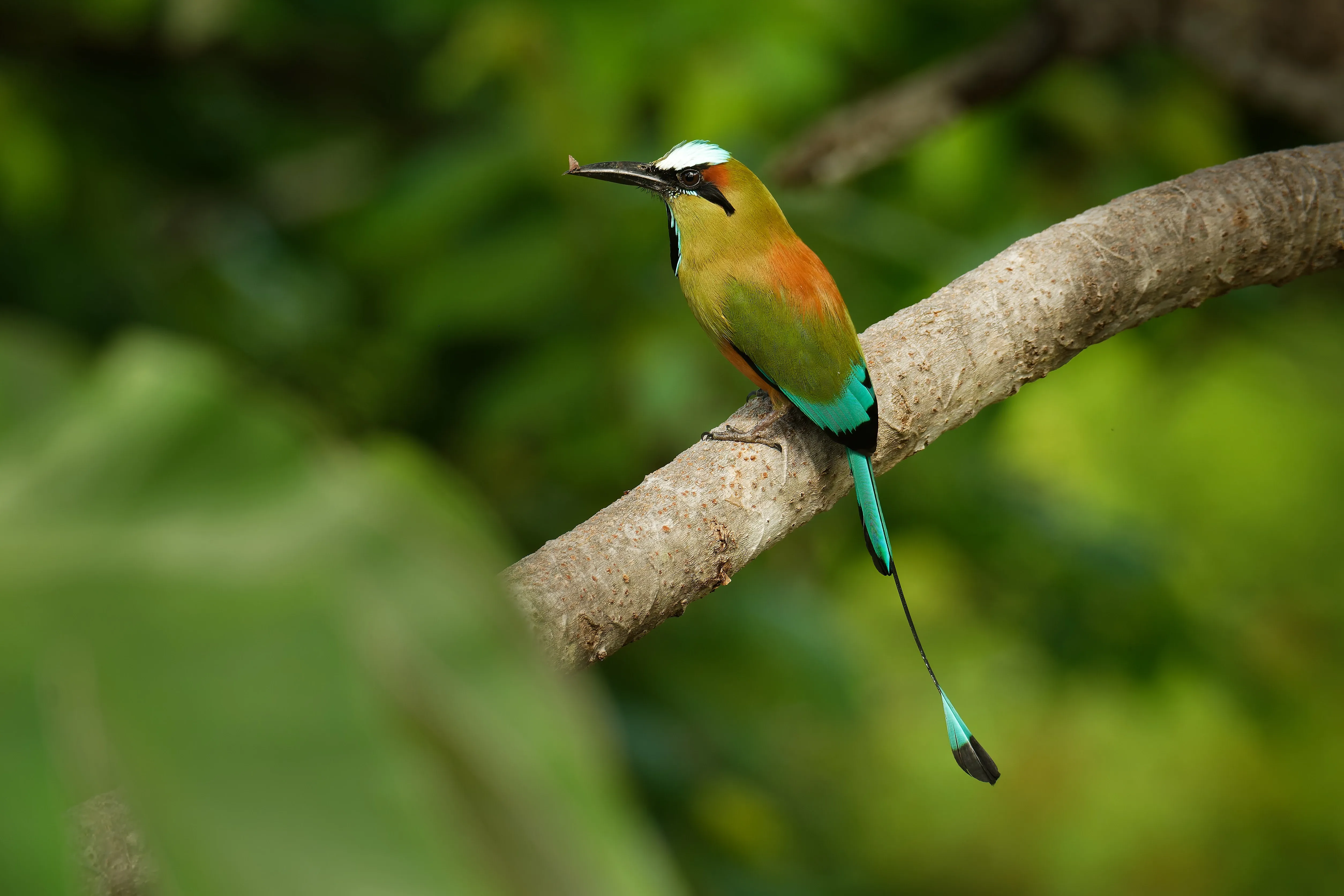
Indigenous mythology of the Motmots
The Motmots hold many mythological and cultural significance in various indigenous traditions. In particular, they are associated with the Maya civilization as the legend above tells and other indigenous groups of the region.
The vibrant colours of the motmots have made them a Mayan symbol of beauty, freedom, and connection to nature. Its striking appearance and unique behaviours have captured the imagination of many cultures.
In some Mesoamerican myths, motmots are seen as a creature connected to the underworld and the spiritual world. Their colourful plumage is sometimes interpreted as a representation of the duality of life and death, beauty and danger.
Motmot has been depicted in various forms of indigenous art and pottery. They appear in folklore messengers or symbols of important events, often associated with change and transformation.
Among some indigenous communities, motmots are believed to carry messages from the ancestors or serve as guides for spiritual journeys. Its distinctive call is thought to have various meanings, often linked to omens or the changing of seasons. Some studies have shown that the Torogoz does indeed warn from danger by wagging its tail feathers.
»The Torogoz teaches us that beauty and resilience can thrive together in the heart of nature.«
Interesting facts
#1 Why is the Torogoz the national bird of El Salvador?
The Turquoise-browed Motmot, known as the Torogoz, has been celebrated as the national bird of El Salvador since 1999.
Its striking beauty and vibrant colours symbolize the rich biodiversity of the country. The Torogoz represents the connection between nature and Salvadoran culture, reflecting the country’s efforts to protect its wildlife and natural heritage. Its prominence in local folklore and its status as a beloved national symbol further solidify its significance.
#2 How does the Turquoise-browed Motmot communicate?
The Turquoise-browed Motmot is known for its distinctive and melodious call, which can be heard echoing through its forested habitat.
The call consists of a series of sharp, rhythmic notes, often likened to the sound of a clock ticking. This vocalization not only helps establish territory but also plays a role in attracting mates during the breeding season. Its ability to communicate effectively contributes to its social interactions and reproductive success.
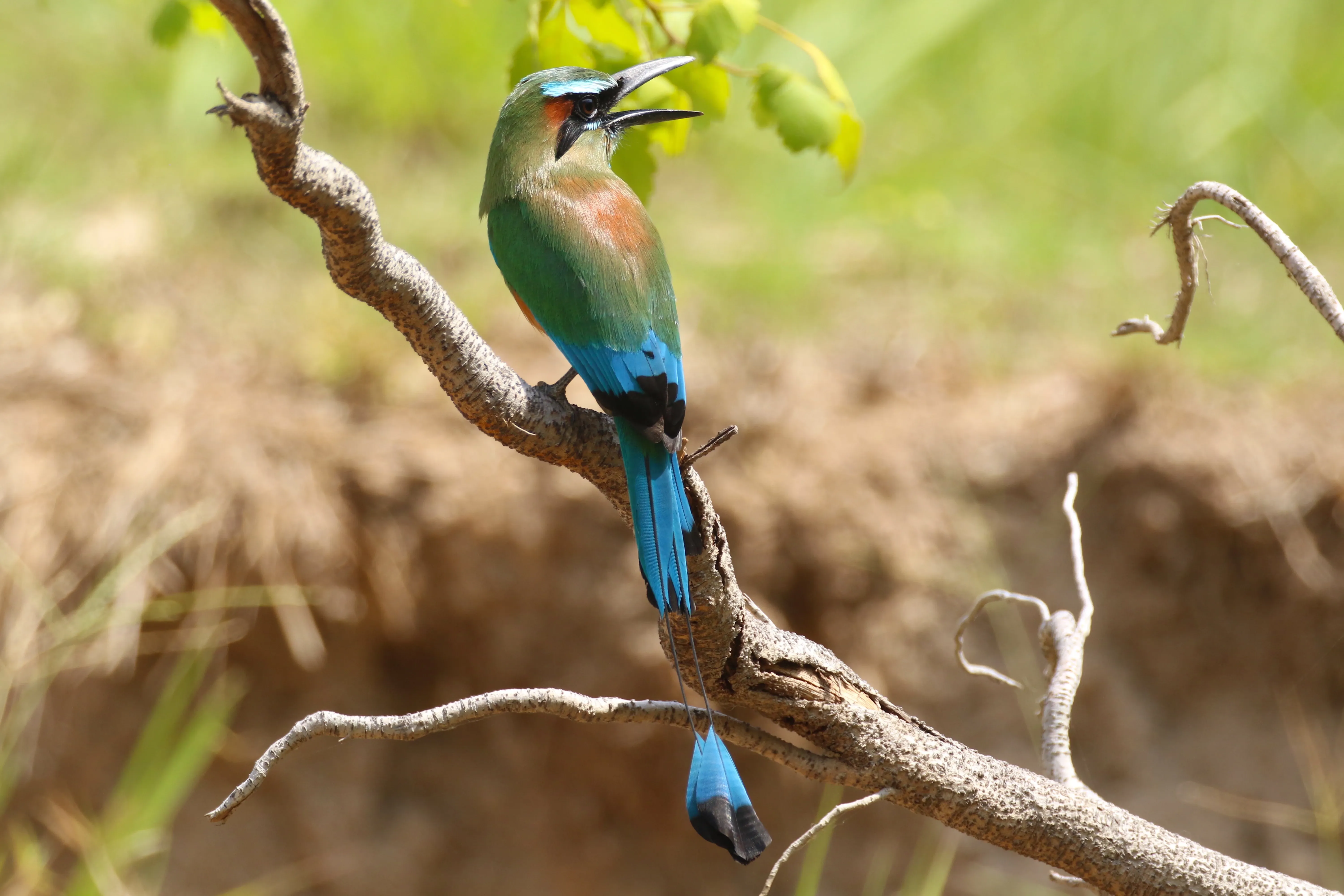
#3 How do Turquoise-browed Motmots breed and nest?
The Turquoise-browed Motmot engages in a unique breeding behaviour where both parents participate in excavating nesting cavities in sandy or loose soil, typically along riverbanks or in open areas.
They dig long, horizontal tunnels that can extend up to a meter in length, leading to a nesting chamber at the end. Sometimes they also build their nests in old trees. The female typically lays 3 to 5 eggs, which are incubated by her, while the male is collecting food. This nesting behaviour not only provides protection from predators but also creates a safe environment for the eggs and chicks.
#4 What role does the Turquoise-browed Motmot play in its ecosystem?
As an insectivorous bird, the Turquoise-browed Motmot plays a vital role in controlling insect populations in its habitat. By feeding on a variety of insects, it helps maintain the balance of the ecosystem, contributing to the health of local flora and fauna. Additionally, its presence in the food web supports other species, making it an important part of its ecological community.
Conservation status and threats of the Torogoz in El Salvador
The Turquoise-browed Motmot (Eumomota superciliosa), known as the Torogoz, is currently classified as Least Concern by the International Union for Conservation of Nature (IUCN) and Birdlife International. Despite this designation, it faces several threats that could impact its populations and habitat.
Historically, the Torogoz has been a significant symbol in Salvadoran culture, and its conservation has become increasingly important as awareness of environmental issues has grown. Since becoming the national bird of El Salvador in 1999, there has been a push for greater conservation efforts aimed at protecting the Turquoise-browed Motmot and its habitat. Conservation organizations, along with government initiatives, have focused on creating protected areas and promoting environmental education to safeguard this species.
Key threats:
- Habitat loss: One of the most significant threats to the Torogoz is habitat loss due to deforestation and agricultural expansion. The bird primarily inhabits tropical and subtropical forests, and the conversion of these areas for agriculture, urban development, and logging disrupts their natural environment.
- Climate change: Changes in climate patterns can alter the availability of food resources and suitable nesting sites for the Turquoise-browed Motmot. Extreme weather events, such as heavy rainfall or prolonged droughts, can negatively affect their breeding success and survival rates.
- Pesticide use: The use of pesticides in agriculture can reduce the populations of insects, which are a primary food source for the Torogoz. Additionally, the consumption of contaminated insects can have harmful effects on the health of the birds.
- Human disturbance: Increased human activity, including tourism and urbanization, can lead to disturbances in their habitat. Noise, pollution, and the encroachment of urban areas can disrupt breeding and feeding behaviours.

Conservation efforts:
In El Salvador, various conservation initiatives aim to protect the Torogoz and its habitat. These efforts include:
- Protected areas: Establishing and maintaining protected areas that encompass the natural habitats of the Turquoise-browed Motmot can help conserve its populations. These areas serve as safe havens where the bird can thrive without the pressures of habitat destruction.
- Community awareness: Raising awareness among local communities about the ecological importance of the Torogoz and its role in the ecosystem can foster conservation efforts. Engaging communities in conservation practices helps ensure the protection of this species.
- Sustainable practices: Promoting sustainable agricultural practices can mitigate the impacts of pesticide use and habitat loss. Encouraging organic farming and agroforestry can help maintain a healthy environment for the Turquoise-browed Motmot and other wildlife in El Salvador.
The vibrant emblem of El Salvador
The turquoise-browed motmot, or Torogoz, holds deep historical importance in El Salvador, serving as more than just a national bird. It stands as a vibrant emblem of the nation’s identity, culture, and connection to the land. With its striking colors and captivating presence, the Torogoz embodies freedom, resilience, and unity, intricately woven into the fabric of Salvadoran heritage.
As we explore its habitat, diet, and folklore, we uncover the rich stories and traditions that surround this remarkable bird. The motmot's adaptability to various environments and its role in the ecosystem as an insectivore highlight its importance in maintaining ecological balance.
Yet, despite its status as a symbol of beauty and cultural significance, the Torogoz faces threats from habitat loss, climate change, and human activity. Conservation efforts are crucial to protect this avian treasure, ensuring that future generations can continue to celebrate its legacy.
The turquoise-browed motmot stands as a testament to the deep-rooted bond between nature and culture in El Salvador, reminding us of the responsibility we hold to safeguard the natural wonders that enrich our lives and identities.
Sign up for the newsletter
By clicking on “Subscribe now” I will subscribe to the Conscious Explorer newsletter with all the information about mindful travel. Information on the success measurement included in the consent, the use of the shipping service provider MailChimp, logging of the registration and your rights of revocation can be found in our privacy policy.
